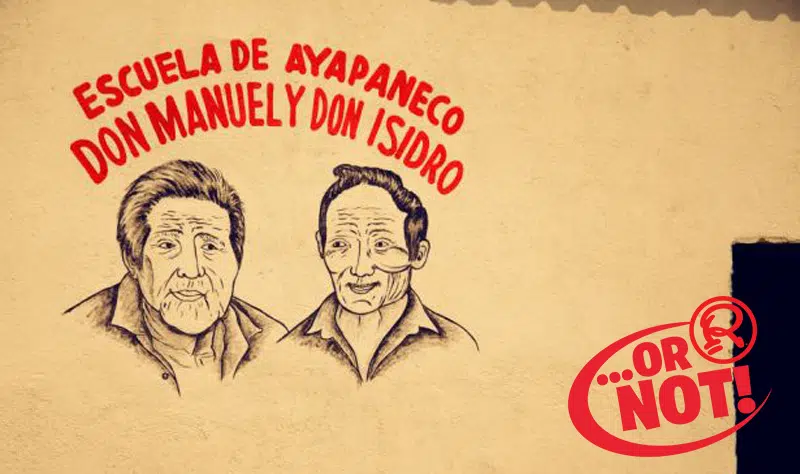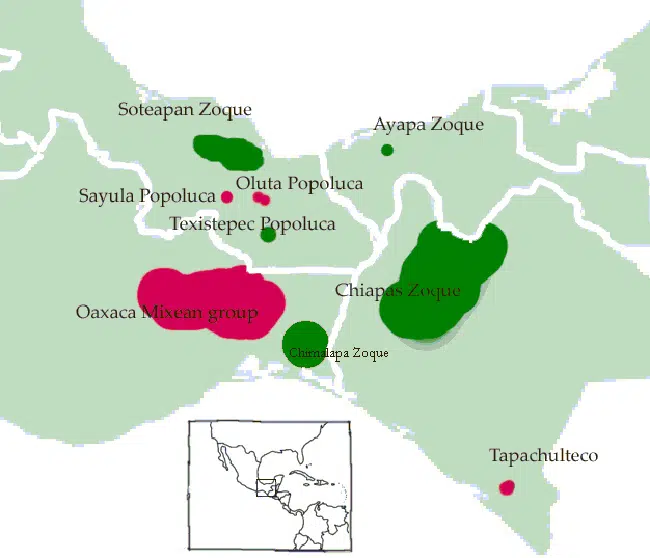The Marketing Campaign That Endangered A Language
Featured in Ripley's Believe It or Not!

Ayapaneco
In 2014, news outlets began covering the tragic tale of Ayapaneco. An endangered language in the state of Tabasco in Mexico, Ayapaneco was allegedly spoken by only two men, but tragically, they refused to speak to each other over some forgotten feud. With the help of German telecom giant Vodaphone, however, the two put aside their differences in order to safeguard the language. Despite appearing on a multitude of new sites and even being documented in an expensive ad agency production we’ll include below, this story is a complete lie.



